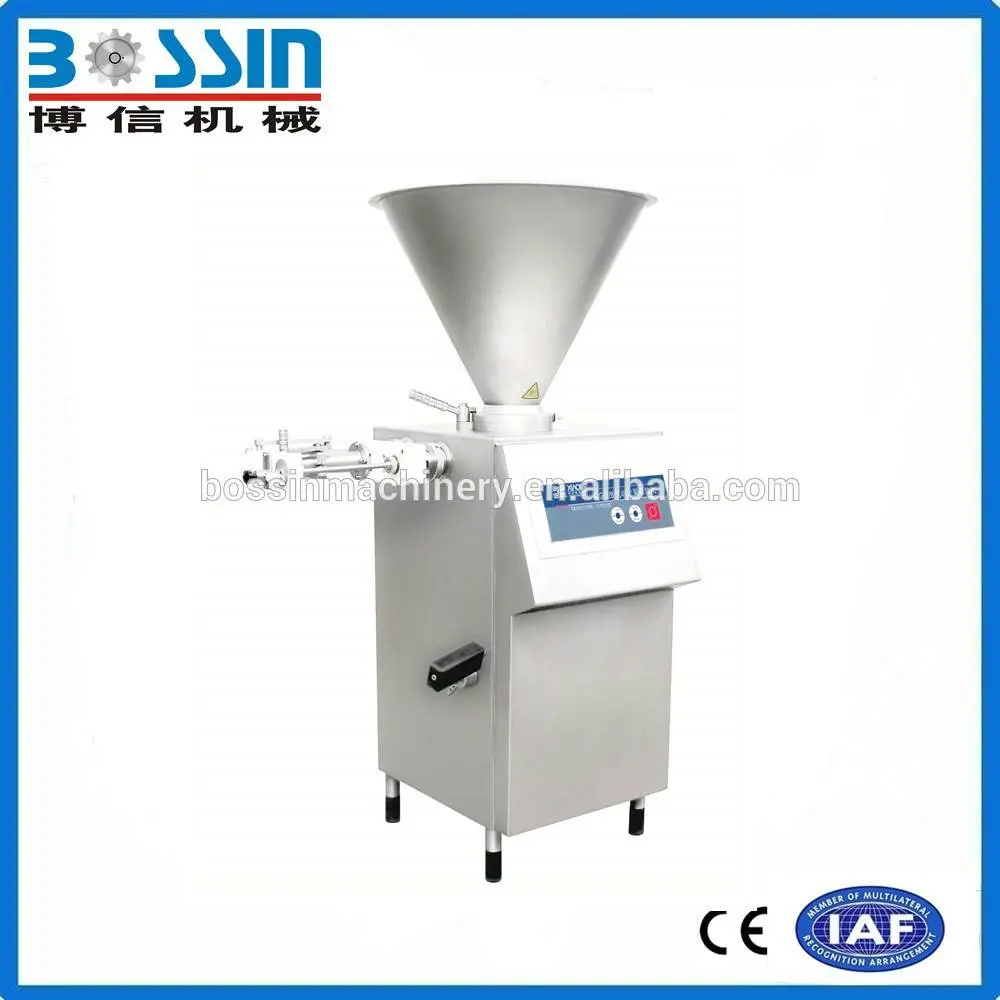
nov . 12, 2024 10:10 Back to list
vacuum sausage filler factories
The Role of Vacuum Sausage Filler Factories in Modern Food Production
In today's fast-paced food industry, where quality and efficiency are paramount, vacuum sausage filler factories play a crucial role in ensuring that sausages retain their flavor, freshness, and texture. These facilities are at the heart of sausage production, utilizing advanced technology to automate the filling process while maintaining the highest standards of hygiene and quality.
The Technology Behind Vacuum Sausage Fillers
Vacuum sausage fillers are specialized machines designed to fill casings with a mixture of meat, fat, and spices while minimizing air incorporation. This is vital because air can lead to oxidation, which affects the taste and shelf life of the product. By creating a vacuum environment during the filling process, these machines help safeguard the quality of the sausage and protect it from bacterial contamination.
Modern vacuum sausage fillers come equipped with a variety of features that enhance their efficiency and sanitation. For example, many machines are fitted with adjustable speed settings, allowing operators to customize the filling speed based on the type of sausage being produced. Additionally, advanced control systems enable precise measurement of the filling weight, ensuring that each sausage meets the required specifications.
The use of stainless steel in the construction of these machines is another critical aspect. Stainless steel is not only durable but also easy to clean, which is essential in a food processing environment where hygiene is of utmost importance. Many vacuum sausage filler factories implement rigorous cleaning protocols, using automated cleaning systems to ensure that all surfaces are sanitized between production runs.
Benefits of Vacuum Filling Technology
vacuum sausage filler factories

One of the primary advantages of using vacuum sausage fillers is the significant reduction in air pockets within the sausage. This not only improves the overall texture but also enhances the flavor profile. Without air pockets, the meat and spices are more evenly distributed, resulting in a consistent taste throughout the product. Consumers are increasingly discerning about the quality of the food they purchase; thus, manufacturers must be proactive in delivering superior products.
Moreover, vacuum filling technology allows for greater versatility in terms of the types of sausages that can be produced. From traditional bratwursts to gourmet specialty sausages, vacuum fillers can accommodate various formulations with ease. This adaptability enables manufacturers to respond swiftly to market trends and consumer preferences, a crucial factor in the competitive landscape of the food industry.
Sustainability and Efficiency
In an era where sustainability is becoming a critical concern, vacuum sausage filler factories are also making strides to minimize waste. Efficient filling processes lead to less product being wasted during production. Additionally, by packaging sausages in vacuum-sealed conditions, companies can extend shelf life and reduce spoilage, contributing to a more sustainable food supply chain.
Furthermore, many factories are investing in energy-efficient machinery and practices to decrease their carbon footprint. By utilizing renewable energy sources and adopting energy-saving technologies, these facilities are setting a benchmark for environmentally responsible food production.
Conclusion
Vacuum sausage filler factories are integral to the production of high-quality sausages that meet modern consumer demands. With advanced technology ensuring consistency, flavor, and safety, these factories are not just production sites; they are hubs of innovation in the food industry. As trends continue to evolve and consumers seek out healthier, more sustainable options, the role of vacuum sausage fillers will become increasingly vital, shaping the future of food production for years to come.
Latest news
-
[Product Name]-[Company Name]|[Core Function 1]&[Core Function 2]
NewsJul.13,2025
-
SmartFlow 3000 Series-Industrial Automation Solutions|AI Analytics&Energy Efficiency
NewsJul.13,2025
-
NextGen Equipment Series-IndustrialTech Solutions|Smart Automation&Real-Time Analytics
NewsJul.12,2025
-
Smart Irrigation System - Example Corp | Water Conservation, AI-Driven Efficiency
NewsJul.12,2025
-
Chicken breast meat slicer
NewsMar.07,2025
-
Meat Bowl cutter for LAB
NewsMar.07,2025